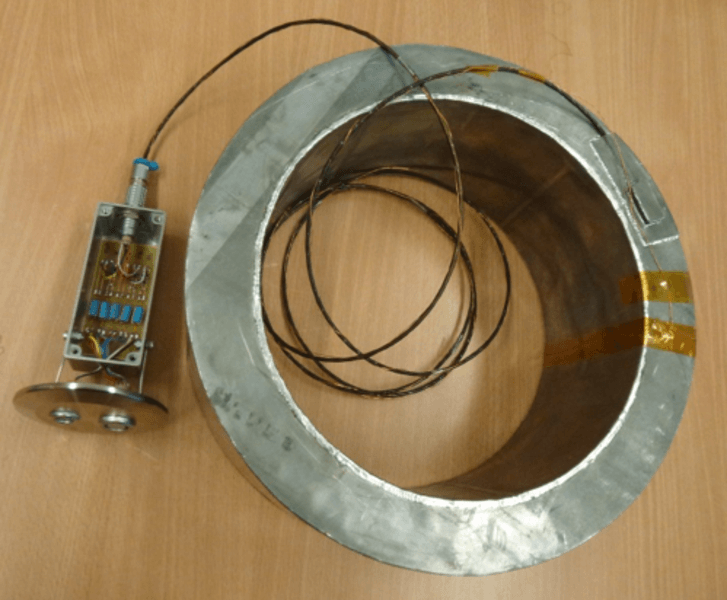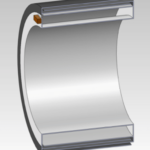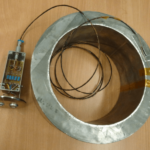- Home
- Research
- Quantum Systems
- Research results
- Charged particle beam monitor for future basic research facilities
Charged particle beam monitor for future basic research facilities

28.03.2019
The current amplitude of charged particle beams presents one of the basic diagnostic quantities in modern accelerator facilities. The non-destructive and highly sensitive measurement of these currents, especially with low beam intensities below 1 μA, is of utmost importance for proper operation of such facilities, which we address in this current collaborative research.
By V. Zakosarenko // M. Schmelz // R. Stolz
Modern particle accelerators are versatile facilities offering a wide variety of research fields in fundamental and applied physics such as for the study of condensed matter physics and the investigation of subatomic structures or for particle physicist to test new theories. They offer unprecedented opportunities and are thus of greatest interest. They are typically used to speed up charged particles to very high energies. The current associated with charged particle beams presents one of the basic diagnostic quantities in such facilities. The non-destructive and highly sensitive measurement of these currents is mandatory for proper operation and is of great importance for subsequent experiments. Especially low beam intensities with current amplitudes below 1 μA represent an ongoing challenge and demand for new measuring instruments.
Together with colleagues from GSI Helmholtz Centre for Heavy Ion Research Darmstadt, Helmholtz-Institute Jena, Friedrich-Schiller-University Jena and Supracon AG, the research group magnetometry from Leibniz Institute of Photonic Technology have developed a novel concept of a cryogenic charged particle beam monitor for future basic research facilities. The beam monitor is based on the concept of a cryogenic current comparator, where charged particles passing through a superconducting toroid induce screening currents at the surface of the toroid. By interrupting the path for the screening currents with an input coil of a Superconducting Quantum Interference Device (SQUID) current sensor, the screening current can be directly sensed by the SQUID.
In the novel concept we not only omit the previously typically used core materials with high magnetic permeability but moreover introduce a modified version of the magnetic screening. This leads not only to a much simpler and lightweight design, but also to the elimination of associated noise effects due to the core material. The accordingly strongly reduced inductance of the toroid results in significantly reduced coupling to the beam current. We overcome this obstacle by making use of highly sensitive, adapted SQUID current sensors based on IPHT’s sub-micron cross-type Josephson junction technology. This allows us to achieve input current noise levels comparable with recent core-based beam monitors in the white noise region. At low frequencies, our coreless version shows a significant improvement of the current resolution. For the new shielding geometry the coaxial shielding is folded at the outside of the toroid instead of the front side, which allows to maximize the beam coupling to the toroid and to finally achieve optimum performance. Moreover due to the monolithic configuration any relative movements between the shielding and pickup are minimized.
The developed prototype has an inner and out diameter of 270 mm and 330 mm, respectively. With a height of 222 mm this lead construction weights about 28 kg, which is nearly half of previous cored versions. By making use of superconducting lead material instead of typically used niobium we significantly could reduce manufacturing costs without compromising the device performance. After this very successful proof-of-principle demonstration, present developments focus on further device improvements respect to e.g. sensitivity, ease of operation and robustness. This will open up the way for its widespread use in modern particle accelerator facilities.
Funded by: BMBF


